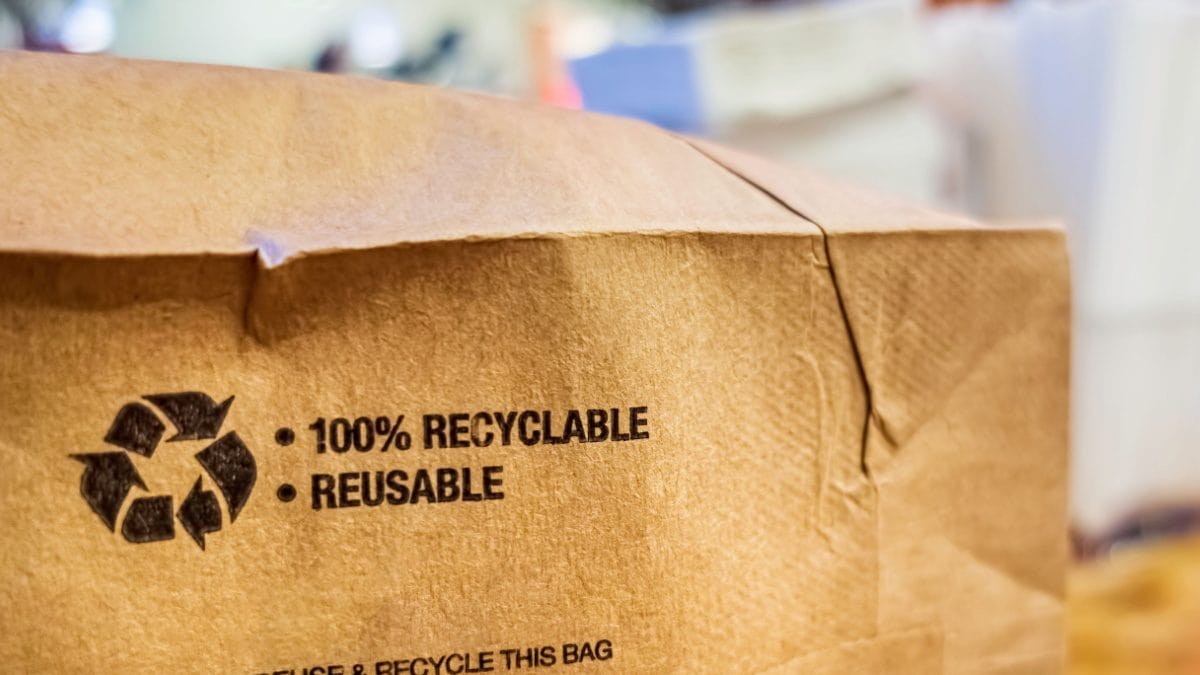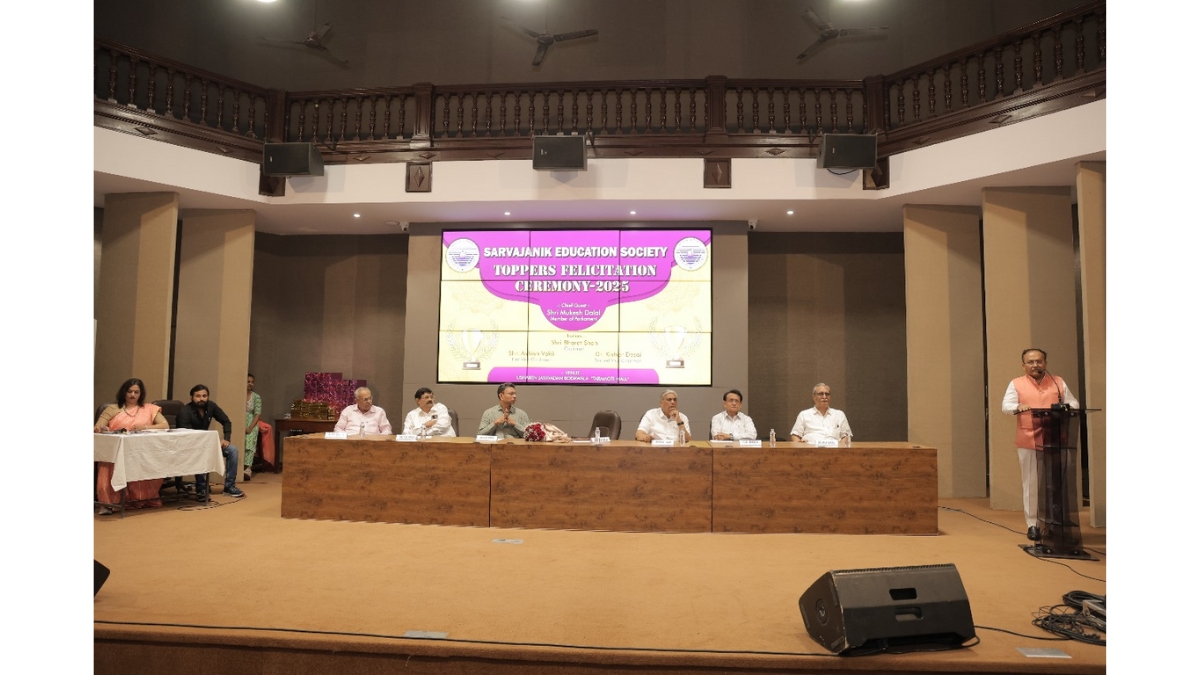How a Sustainable Packaging Offers an Environment-Friendly Alternative

Businesses are actively responding to this demand by minimizing waste, using eco-friendly materials, promoting recycling and composting, and embracing processes such as biodegradable and circular packaging
The global production of 140–150 million tons of plastic packaging each year poses a significant environmental threat as it is a major pollutant
In today’s world, the environmental impact of packaging has become a significant concern. As consumers and businesses strive for more sustainable practices, sustainable packaging offers an environmentally friendly alternative. Traditional packaging materials like plastic and excessive use of resources contribute to pollution, waste, and carbon emissions. Sustainable packaging, on the other hand, employs eco-friendly materials such as recycled or biodegradable materials, minimizing environmental harm. It focuses on reducing waste, optimizing packaging design for efficient use of resources, and promoting recycling and composting. By adopting sustainable packaging solutions, businesses can demonstrate their commitment to environmental responsibility, meet consumer demands for eco-friendly products, and contribute to a greener, more sustainable future.
The global production of 140–150 million tons of plastic packaging each year poses a significant environmental threat as it is a major pollutant. “To combat this issue, businesses must prioritize the transition to sustainable packaging materials. As environmental awareness grows across the world, consumers are increasingly seeking eco-friendly and sustainable products, prompting a shift in packaging trends,” says Darshan Joshi, Manager-Growth Advisory, Aranca.
Sustainable packaging versus traditional packaging
Sushant Gaur, founder, Adeera Packaging, opines, “Sustainable packaging offers an environmentally-friendly alternative that addresses the urgent need to mitigate the detrimental effects of traditional packaging on our planet. By prioritizing the entire lifecycle of packaging materials, sustainable practices minimize waste generation, conserve valuable resources, and reduce carbon emissions.”
Companies are exploring innovative methods to reduce waste and enhance the sustainability of their packaging solutions. This includes strategies such as downsizing and utilizing biodegradable materials to minimize packaging waste, particularly in online orders. “Eco-friendly materials such as biodegradable plastics, recycled paper, and compostable packaging are gaining popularity. Improving recyclability and compostability using easily recyclable materials like cardboard and paper, and implementing effective methods to enhance these features is also a focus area. Biodegradable packaging is perceived as a favourable choice for companies seeking to decrease their environmental impact and divert waste from landfills,” adds Joshi.
Ideals of Sustainable Packaging
One key aspect of sustainable packaging is the exploration of biodegradable or compostable materials. These alternatives naturally break down into harmless components, reducing the burden on landfills and preventing pollution. “By choosing such materials, we can support the growth of composting infrastructure while significantly reducing environmental impact. Furthermore, sustainable packaging emphasizes thoughtful design strategies to optimize material usage and minimize energy requirements. This includes light weighting packaging, utilizing innovative structural designs, and implementing efficient transportation methods. By doing so, we can reduce greenhouse gas emissions associated with production, transportation, and disposal,” adds Gaur.
Embracing sustainable packaging allows businesses and consumers to actively contribute to preserving the environment. This shift fosters responsible resource management, waste reduction, and inspires innovation, creating a greener economy. Together, we can create a future where packaging becomes a catalyst for positive change, leaving a lasting legacy of environmental stewardship for generations to come
Joshi believes, “Circular packaging is another new trend that encourages a closed-loop system, where packaging is reused or recycled to create new packaging, thereby fostering sustainability and waste reduction.”
In conclusion, recent packaging trends are driven by growing demand for sustainability. Businesses are actively responding to this demand by minimizing waste, using eco-friendly materials, promoting recycling and composting, and embracing processes such as biodegradable and circular packaging.

Atul Tiwari is a seasoned journalist at Mumbai Times, specializing in city news, culture, and human-interest stories. With a knack for uncovering compelling narratives, Atul brings Mumbai’s vibrant spirit to life through his writing.





